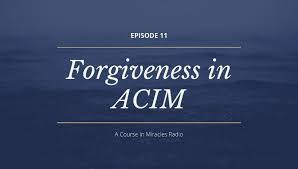non dual teacher are currently sweeping many countries in the world. Teacher professional development fits into the larger educational reforms context as countries tune their educational systems to produce the 21st century skills required for a competitive workforce, social cohesion and individual growth, because ultimately teacher quality affects the quality of the education. This therefore suggests that it is imperative to have a teacher education program that is well planned to meet the challenges of a rapidly changing world. There has been a global call for change and transition in the structure, goals and organization of teacher education programs to emphasize continuous learning and introduction of professional development (PD) for teachers.
In this article I outline some of the innovations that can help to improve teacher education programs.
Clinical schools. These are important because prospective teachers need to be exposed to classroom experiences as much as possible in preparation to their career. They should be attached to universities offering teacher education programs, for prospective teachers to carry out practice so that as the teachers learn theory, they try out the skills. This suggests that schools and universities need to collaborate in the establishment of clinical schools. These clinical schools will enable continuous guidance of the teacher novices on their practice, and ensure that abstract ideas given in class can be put into practice in a real classroom.
Mentoring. Mentoring describes a combination of coaching, counseling and assessment where a teacher in a school is delegated responsibility for assisting pre-service or newly qualified teachers in their professional development. Usually mentors have a lot of experience and craft to share, learnt over the years through experience and interactions in the service. Mentoring helps the in-experienced teacher by unblocking ways to change, building self confidence, self esteem and on-going interpersonal relationships in continuing personal and professional development.
In schools with a mentoring program, the mentee feels more confident to translate theory into practice in a more communicative way, while mentors gain a renewed enthusiasm for the profession from the young teacher.
Induction. Closely related to mentoring is induction which refers to formal introduction into a new job or organization. Unfortunately, in most schools induction of new teachers is not carried out fully. Besides being shown around the compound, it is assumed that a trained teacher has the knowledge to handle the teaching, thus little guidance is offered on how to approach the profession. For many new teachers, the transition is often dramatic, challenging and frightening and learning to teach takes time. The way one gets started on the job dramatically affects the rest of their career. Thus without induction, many of the teachers today teach in a way of copying what their teachers did thus practicing what they learnt through apprenticeship of observation. This may render the teaching in the teacher education program almost worthless as it becomes difficult for the teacher to put theory learnt into practice.
Peer coaching. This involves colleague teachers observing one another’s lessons and then discussing the performance and lesson presentation. Peer coaching requires teacher to teacher interaction aimed at improving instruction. This practice allows for positive criticisms as a way of giving the teacher a chance to receive feedback on their performance and suggestions on pedagogy, which in turn allows for improvement. By having colleagues observe and discuss one another’s lessons, both observer and observed learn from the sharing. Peer coaching can be introduced into the teacher education program within the institution and also through regular communication between prospective teachers in different colleges. The use of the skill in the clinical schools will enhance its acceptability and adoption as a means of continuous learning and professional development for best practices.

